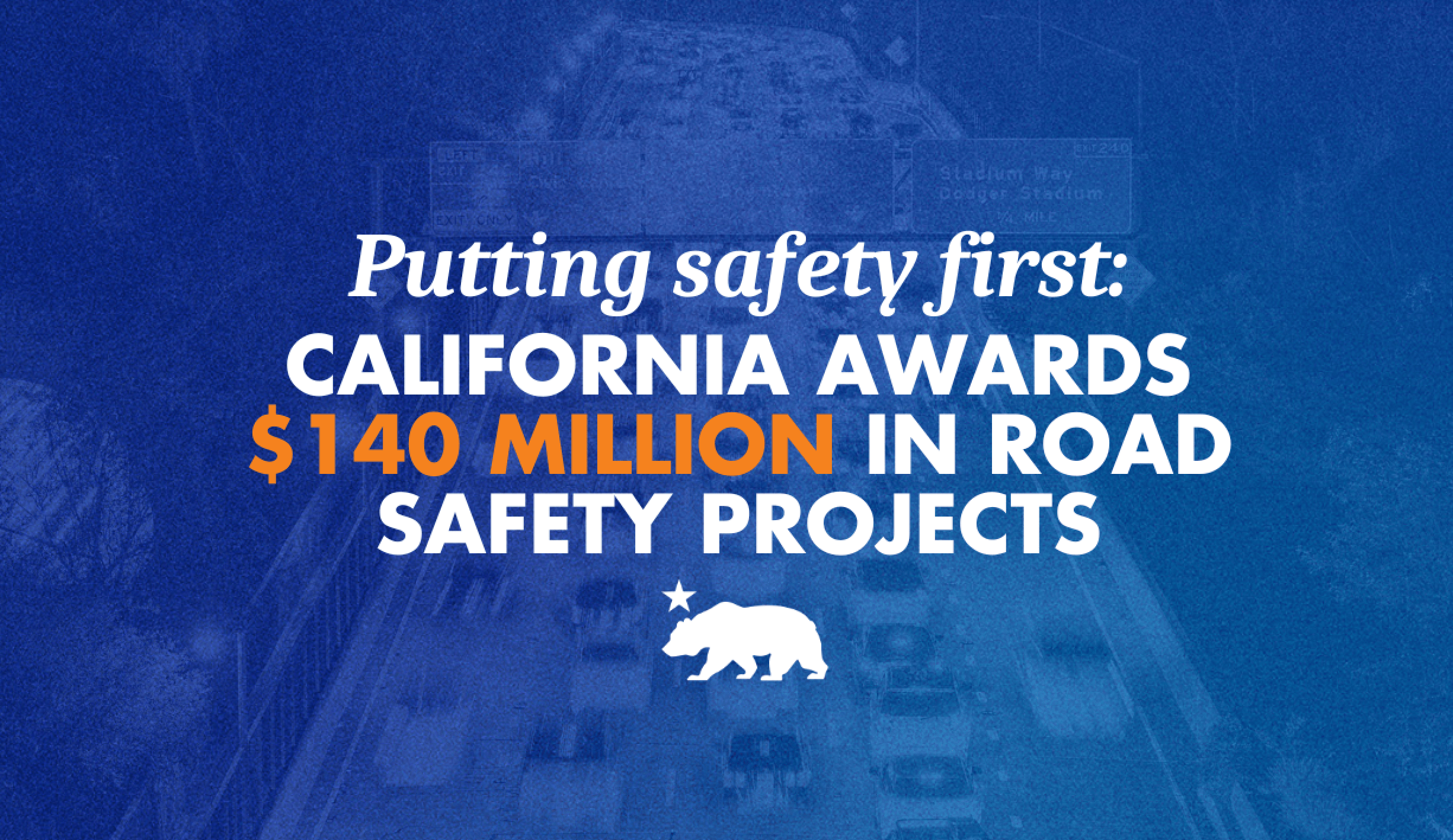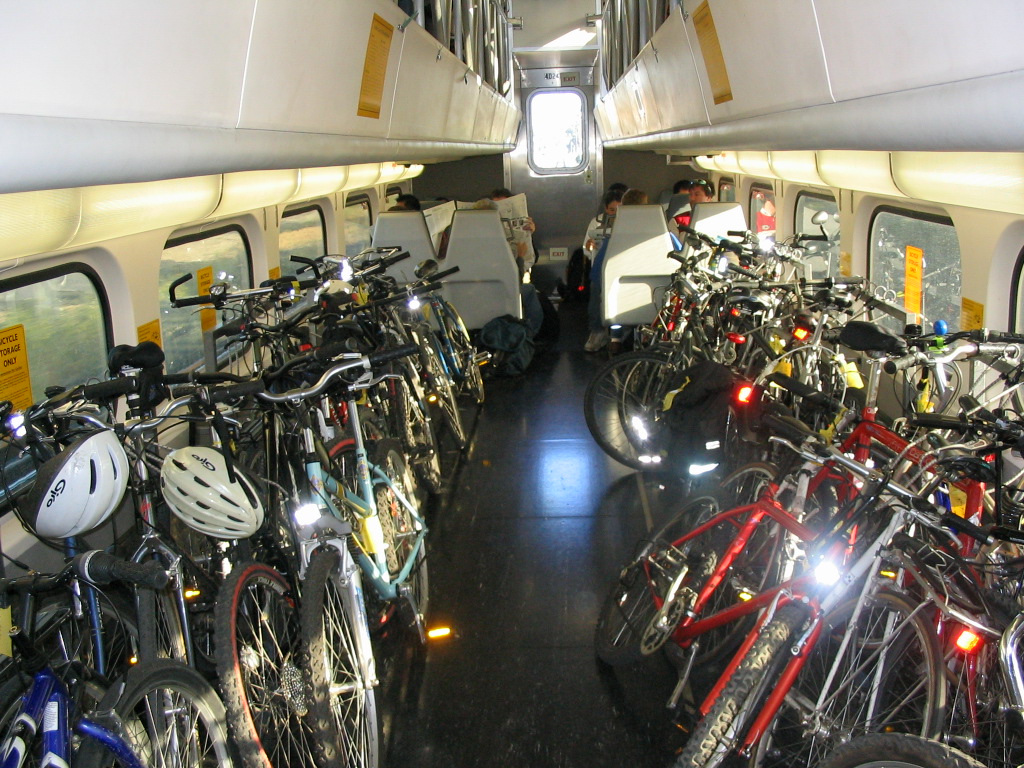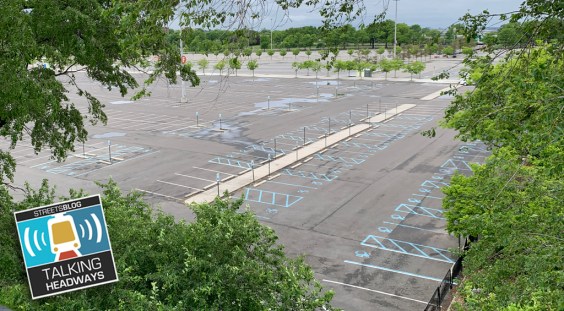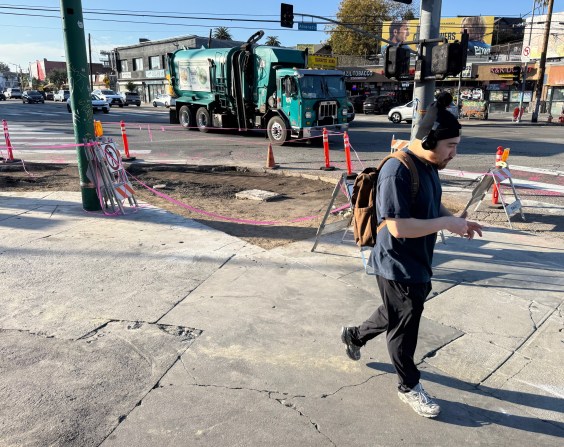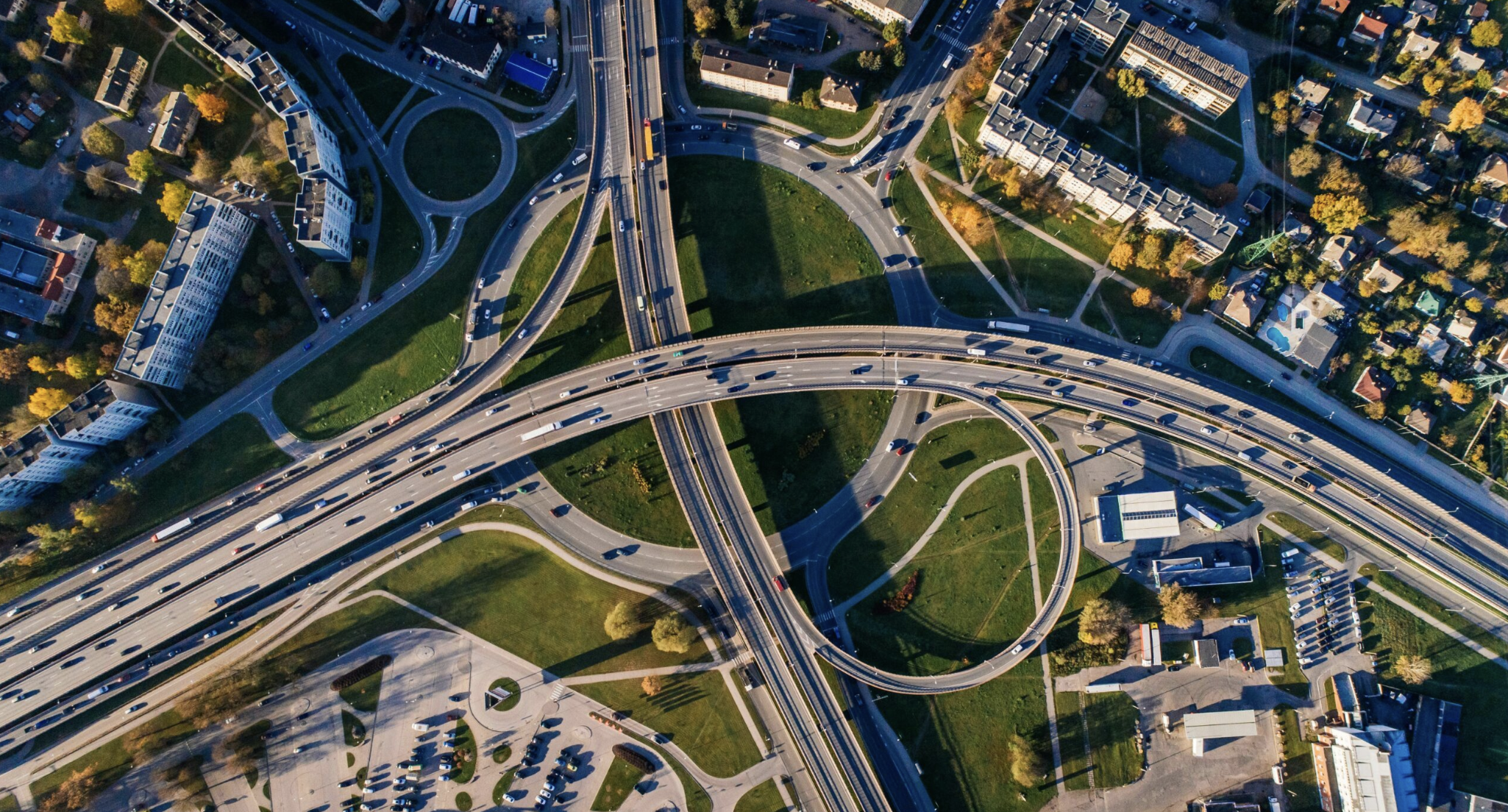Earlier this month, a coalition of environmental and smart growth leaders wrote to California Transportation Commission (CTC) staff urging them to reject applications for state funding that would expand highways leading to more air pollution and a hastening of catastrophic Climate Change caused by Global Warming.
A week later, there was some good news to be found in the list of projects staff recommended for funding. But there’s still a lot of money going to highway expansion: staff recommends six highway expansion projects be funded at the cost of $600 million to California’s taxpayers. The massive CTC Agenda for their June 26-27 meeting and supporting documents can be found here. The spreadsheets with the projects that are funded can be found on pages 245, 305, and 340.
It's not staff, but CTC Commissioners, who are appointed by the governor and legislature, who get the final say on what is and isn’t funded. However, Climate Plan Interim Executive Director Jeanie Ward-Waller explains in the first episode of the StreetSmart podcast that it isn’t likely that the commission will fight against funding the recommended projects. In short, fighting too hard can lead to the governor or legislature removing a commissioner from their seat.
“With California’s EV regulations in jeopardy, it’s time for us to get serious about spending our transportation dollars in a way that actually resolves our transportation needs and addresses climate change,” said Jamie Pew with NextGen California. “People deserve choice about how they move around, but instead the state is pushing people into crowded highways.”
The six projects that are being opposed are:
1) Solano/Sonoma Counties - SR 37 Sears Point to Mare Island Widening Project
This project would slam a highway through protected wetlands. Yet because of climate change and its nearness to the shore, the sea-level project could be underwater less than a decade after it is completed.
Transform has been fighting this project for years, and has an action alert for anyone interested in writing to the CTC. Streetsblog wrote about this project earlier this year.
2) Tulare County - Tulare Six-lane and Paige Ave SR 99 Interchange Project
The project adds a general purpose lane to SR 99, which will cause more cars and trucks to travel along the corridor, inducing vehicle miles traveled (VMT). As approved, the project further separates South City of Tulare and the neighboring unincorporated community of Matheny Tract by providing the transportation system for the growth of the City's industrial zones which separates the aforementioned communities.
“Environmental justice communities in the San Joaquin Valley already suffer from the worst air pollution in the nation,” said Emma De La Rosa with Leadership Counsel for Justice and Accountability in a statement. “Widening SR 99 in Tulare will bring more trucks and pollution through communities where families desperately need clean air and investments for safe local streets.”
Last October, Senator Alex Padilla and Congressmember Jim Costa both bragged about earning nearly $100 million in federal grants for the project.
3) Los Angeles County - SR 71 Gap Closure Widening Project
This project will convert an existing arterial highway into an eight-lane freeway, adding a general purpose and HOV lane in each direction. While the advocates do not support the highway lane addition portions of this project, they do support the components that would add sound walls and noise mitigation, update rail bridges to current standards, and enhance pedestrian overcrossing.
Los Angeles Metro has been actively widening parts of SR-71 (or threatening to do so) since before Streetsblog was launched. While the worst expansion project - one that would have literally dug a tunnel under Pasadena and South Pasadena - was scrapped, there’s never a time when Metro isn’t planning and seeking funds for their next I-71 expansion.
4) Stanislaus County - SR 132 West Phase 3A New Expressway Project
This project will add 14 new general purpose lane-miles to extend a new expressway that creates a bypass for SR 132 and opens up new land for warehouse and sprawl development and induces new passenger VMT.
Local officials are saying the project could begin construction later this year should funding become available.
5) Contra Costa County - I-680/SR-4 Interchange Expansion
This project will add a direct connector with two general purpose lanes to the interchange of I-680 and SR-4 without mitigation for increases to passenger VMT.
This article in California Builder and Engineer details how this project is part of a massive campaign to increase car capacity in Contra Costa County.
6) City of Moreno Valley - SR-60/World Logistics Center Parkway Interchange Expansion
This project entails a significant expansion and new connection for an existing interchange that will open up land for more warehouse and sprawl development and induce significant new passenger VMT.
As the state faces a budget crisis, advocates are calling on the CTC not just to reject those projects but also to fund projects designed to make road conditions safer and more attractive to ride a bicycle or take a walk.
"The Transportation Commission has shown it can make strategic investments in getting Californians out of traffic and building the charging infrastructure we urgently need to replace dirty diesel trucks with those that contribute zero emissions,” said Carter Rubin, director of state transportation advocacy, NRDC.
“Unless we go all in on these clean transportation solutions, we risk backsliding on air pollution and traffic. With the federal administration blocking our clean air progress, we can't afford to spend billions on projects that take us in the wrong direction."

